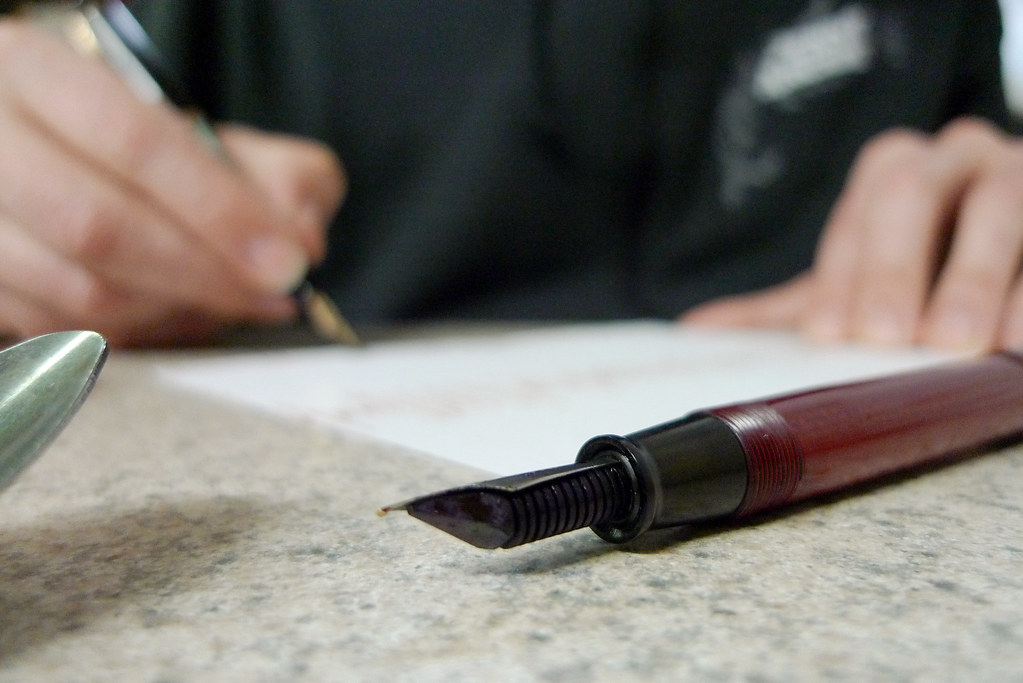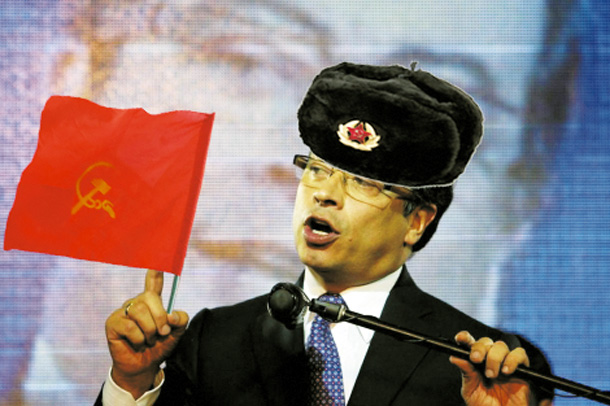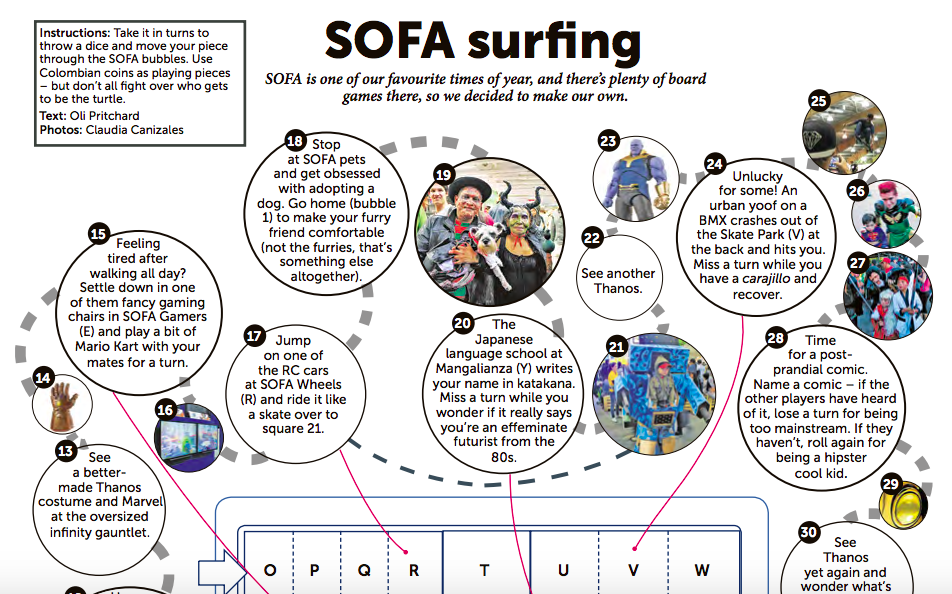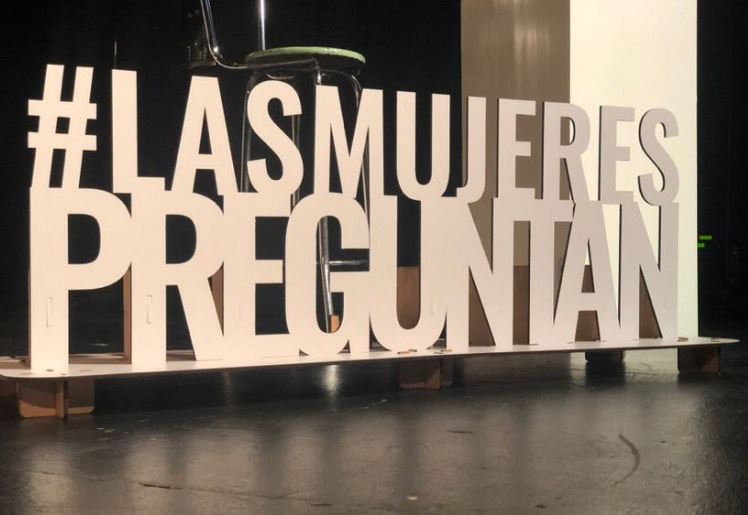
Spanish letters and emails remain quite formal compared to English, so we’ve put together a guide so you’re writing not just in class, but with class.
However short or long your letters and emails, the expressions used show the level of culture, education, personality, and the relationship between the sender and the receiver. It’s sometimes difficult to get the formality of those relationships right, but hopefully, this quick guide will help you overcome any letter-anxiety. I’ve divided each part of the letter by level of language formality, and also included literal translations of some of the expressions in brackets for comprehension purposes.
![]() Formal communication
Formal communication![]() Semi-formal email or letter
Semi-formal email or letter![]() Emails between colleagues/friends
Emails between colleagues/friends
Quick tip: if you are responding to Spanish letters or emails, check the opening and closing of that correspondence you received and copy it; it is an easy way to keep the formality at the same level.
Letterhead
| Town/city, date (no full stop) Señor(a)* NAME OF RECEIVER (CAPS) Address Name of town/city | Bogotá, D.C., 19 de marzo de 2019 Señora ROSARIO JIMÉNEZ MORALES Calle 35B No. 42-90 Bogotá, D.C. |
Salutation
Salutation + Señor(a)/Doctor(a) + Name:
Eg: Apreciada Señora Teresa:
Note: The salutation is followed by a comma (,) in English. It should be followed by a colon (:) in Spanish.
For multiple unknown recipients, use A quien pueda interesar: or A quien corresponda: [To whom it may concern]
![]() Respetado(a) Señor(a) + last SF Apreciado(a) + name:
Respetado(a) Señor(a) + last SF Apreciado(a) + name:
More formal, in case you’re writing to the leader of a religious institution, the President or a minister.
Excelentísimo(a) + Señor(a) + position:
Honorable + Señor(a) + position:
![]() Apreciado(a)
Apreciado(a)
Estimado(a)
Buenos días/Buenas tardes/noches, + name:
![]() Hola, + name
Hola, + name
Body
Unlike letter writing in English – which, generally speaking, tends to be more direct – it is usual to include one of the expressions listed below to ease in before going to the purpose of the letter. Going directly to the point may appear impolite, or as if you are giving an order. That’s a problem if the purpose of your letter is to make a request or ask for a favour.
![]() Cordial saludo. [Kind regards]
Cordial saludo. [Kind regards]
De antemano, quiero agradecerle el tiempo que dedica a leer esta comu- nicación. [Beforehand, I would like to show my ap- preciation for the time you are devoting to reading my communication.]
![]() Reciba un cordial saludo. [Kind regards]
Reciba un cordial saludo. [Kind regards]
![]() Me place saludarte. [It’s is nice to greet you]
Me place saludarte. [It’s is nice to greet you]
¿Cómo estás? [How are you?]
¿Cómo has estado?[How have you been?]
Espero que estés bien. [I hope you are doing well.]
Bearing in mind that there are as many expressions as there are purposes to letters, here are some that you might find useful. To keep it simple, use the usted conjugation for formal, and semi-formal letters, and the conjugation with tú with informal letters. Howev- er, it is my experience that some people use the usted conjugation even with friends, so if you are already friends or acquaintances, test the waters before writing the letter/e-mail.
Saying why you are writing:
![]() Por medio de la presente… [I hereby am…]
Por medio de la presente… [I hereby am…]
En esta oportunidad me dirijo a usted para…[I am writing to you on this occasion to…]
Cortésmente me dirijo a usted…[I am kindly addressing this to you…]
Respetuosamente me dirijo a usted para…[I am respectfully addressing this letter to you to…]
…invitarlo/comunicarle/expresarle/extenderle una invitación/solicitarle…[invite you/tell you/extend an invitation/request]
![]() Escribo esta carta para…[I am writing this letter to…]
Escribo esta carta para…[I am writing this letter to…]
La presente tiene como objetivo…[The aim of this letter…]
La presente es para invitarlo/comunicarle/expresarle/extenderle una invitación/solicitarle…[This to invite you/tell you/extend an invitation/request ]
![]() Te escribo para…[I am writing to you to…]
Te escribo para…[I am writing to you to…]
El motivo de esta carta es…[My reason for writing this letter is…]
Te estoy escribiendo porque quisiera invitarte a/comunicarte que/decirte que/pedirte que…[I am writing to you because I would like to invite you/tell you/ask you to]
Closing and signing off Spanish letters
Before closing the letter, it is common to draw your message to a close:
![]() Agradeciendo de antemano la atención prestada. [Thanking you in advance for your consideration of this matter.]
Agradeciendo de antemano la atención prestada. [Thanking you in advance for your consideration of this matter.]
Agradeciendo de antemano su respuesta a mi solicitud. [Thanking you in advance for a response to my request.]
Esperando poder prestarle nuestros servicios en el futuro. [Looking forward to providing our services in the future.]
No dude en contactarnos en caso de tener dudas al respecto. [Do not hesitate to contact us if you have any doubts regarding this.]
![]() Sin otro particular. [With- out anything further to discuss.]
Sin otro particular. [With- out anything further to discuss.]
Sin otro particular por el momento. [Without anything further to discuss for the time being.]
Quedo a su orden. [I remain at your disposal.]
![]() Muchas gracias por tu ayuda con este tema. [Thank you so much for helping me with this.]
Muchas gracias por tu ayuda con este tema. [Thank you so much for helping me with this.]
Te lo agradezco mucho. [I really appreciate it.]
Te lo agradezco muchísimo. [I really really appreciate it.]
Quedo muy pendiente de la respuesta. [I am looking forward to your response.]
Gracias por tu ayuda. [Thank you for your help.]
Related: Spanish football language
Here are some expressions to sign off:
![]() Atentamente, [Yours faithfully,]
Atentamente, [Yours faithfully,]
Cordialmente, [Cordially,]
+
Full name (One name and one last name will be enough)
Position
Contact information (depending on the letter, address, phone number, ID number)
![]() Saludos cordiales, [Kind regards]
Saludos cordiales, [Kind regards]
Saludos, [Regards]
+
Full name (One name and one last name will be enough)
![]() Un abrazo, [A hug]
Un abrazo, [A hug]
+
Your first name will be fine, or nickname if you are really close with your letter ́s receiver.
Expressions to draw attention to additional pieces of information below the signature: P.D. = PS
c.c.+ name of other people receiving the same letter = Copied to…
*A note on titles: When you know the person’s profession, it is customary to use the title, instead of Señor(a) – at least in Colombian contexts – for example, Ingeniero(a), Doctor(a), Abogado(a), Profesor(a). Also, in many Colombian contexts there’s a custom of calling any professional a doctor as a way to show respect, even though they may not practice medicine or have pursued doctoral studies. It’s not an idea I hold with because I see it as establishing certain class boundaries among individuals. That said, it can be worth using if you want to build rapport in certain circles; lawyers are most often called Doctor/Doctora, for instance.





